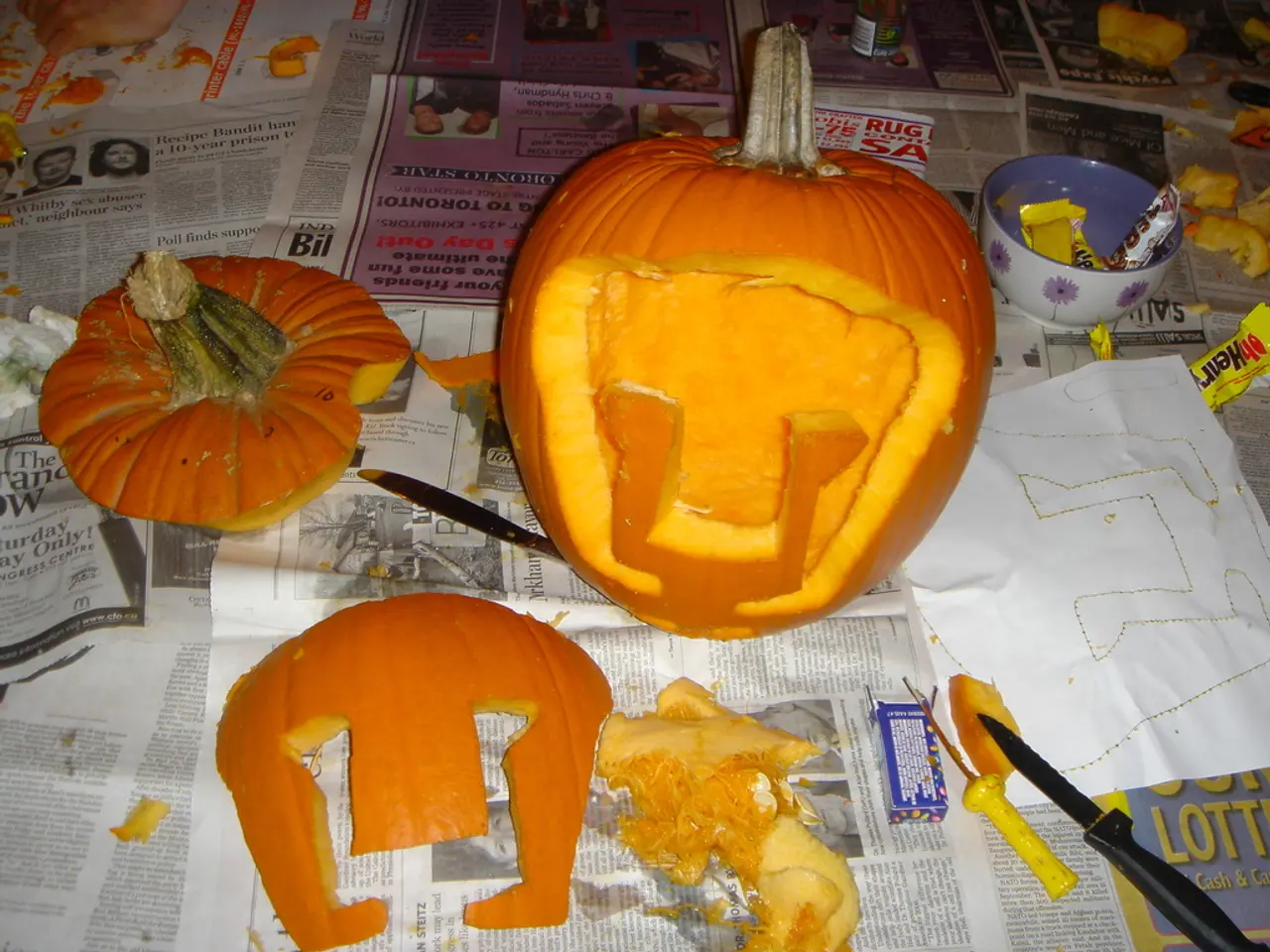Hues of the Spectrum for Design Professionals
In the 17th century, Sir Isaac Newton made a groundbreaking discovery that has since captivated the imagination of people worldwide - the spectrum of visible light, which we now know as the colours of the rainbow. Newton's initial division of the spectrum into five main colours - red, yellow, green, blue, and purple - was later expanded to include orange and indigo, making a total of seven distinct colours: red, orange, yellow, green, blue, indigo, and violet.
The selection of these seven colours was partly influenced by Newton's fascination with the seven notes in a musical scale and ancient Greek ideas that linked colours with music, planetary bodies, and the days of the week. This division, while partly arbitrary, reflects a human desire to find harmony and order in nature. Interestingly, the rainbow is actually a continuous gradient of colours rather than discrete bands, but the seven-colour sequence has become a well-known and widely accepted categorisation.
The seven-colour rainbow has been adopted for various flags and emblems, symbolising diversity and unity. One such example is the LGBTQ+ rainbow flag, originally designed by Gilbert Baker in 1978. While the flag originally used eight colours, practical considerations led to its reduction to seven and then six colours. This adjustment was not about the natural rainbow spectrum but rather logistics and symbolism within the community.
Each colour in the rainbow holds its unique significance and evokes different emotions. For instance, red is associated with passion, fire, and love, but also with blood, gore, and war. Blue brings up nostalgic memories of being near the sea, while yellow is a light, fun colour that evokes feelings of summer and citrus. Green is an earthy colour that reminds people of nature and being outside, and violet is a playful, fun colour that has a youthful feel to it.
Indigo, the colour of blue jeans, can represent a pure, all-American aesthetic. However, it is the most controversial rainbow colour due to its absence from the primary and secondary colours on the colour wheel and its similarities to blue and violet. Indigo is a blue-violet colour and is the only colour in the rainbow that isn't a primary or secondary colour.
Orange, a vibrant and rich colour, is associated with youth, flamboyance, and creativity. It is a secondary colour formed by mixing red and yellow, and its inclusion in the rainbow adds a touch of warmth and energy.
The colours of the rainbow can be arranged in a circle to form the colour wheel, another invention by Newton. The colour wheel helps designers find relationships between colours and understand how specific colours complement or clash. This understanding has been invaluable in art, design, and fashion, enabling the creation of visually appealing and harmonious combinations.
In conclusion, the colours of the rainbow, while seemingly fixed, are a human-imposed categorisation rather than an absolute distinction in the rainbow's continuous spectrum. Each colour holds a unique significance and has been adopted for various symbolic purposes, inspiring widespread recognition and appreciation. The rainbow remains a symbol of diversity, unity, and the beauty of nature.
- Designers often refer to the colors of the rainbow when creating visually appealing and harmonious combinations, using the color wheel, another invention by Sir Isaac Newton.
- The LGBTQ+ rainbow flag, originally designed by Gilbert Baker in 1978, symbolizes diversity and unity, adopting the seven-color sequence of the rainbow.
- Orange, a vibrant and rich color, is associated with youth, flamboyance, and creativity, being a secondary color formed by mixing red and yellow.
- The fashion and beauty industry, as well as the food and drink industry, often incorporates the symbolism and aesthetic appeal of individual rainbow colors, such as indigo representing a pure, all-American aesthetic, or the playful, fun feel of violet.




